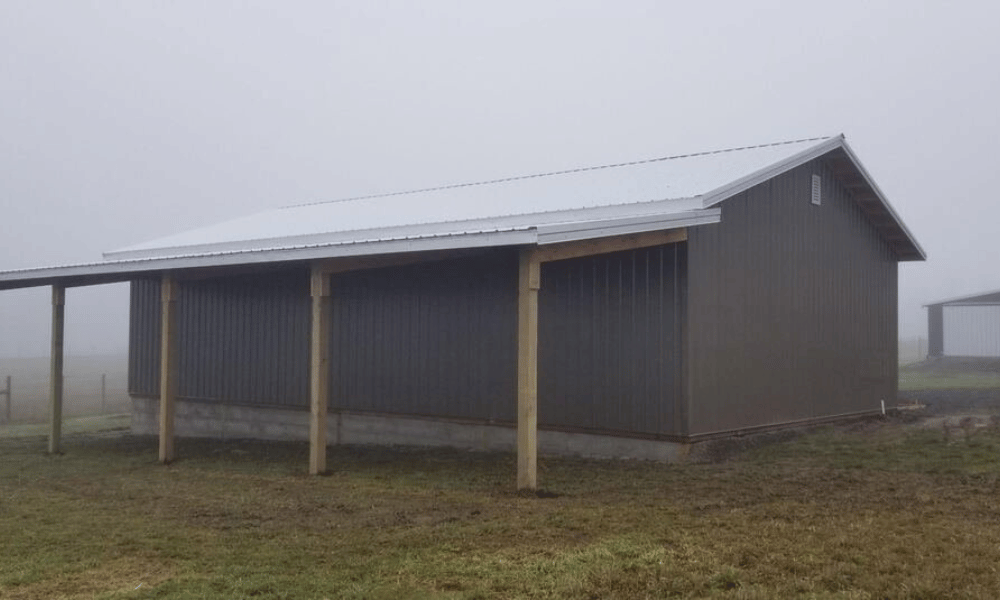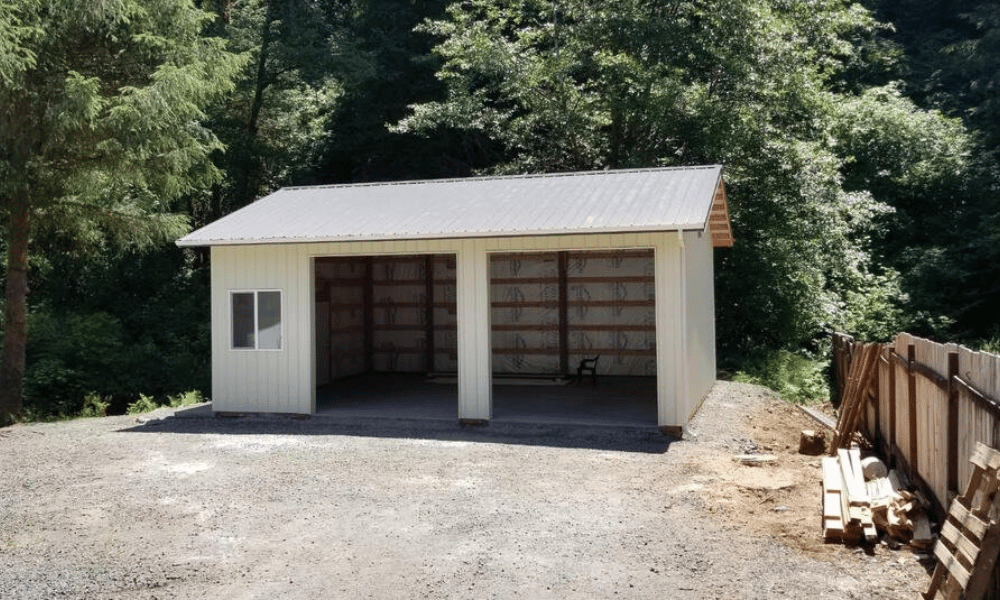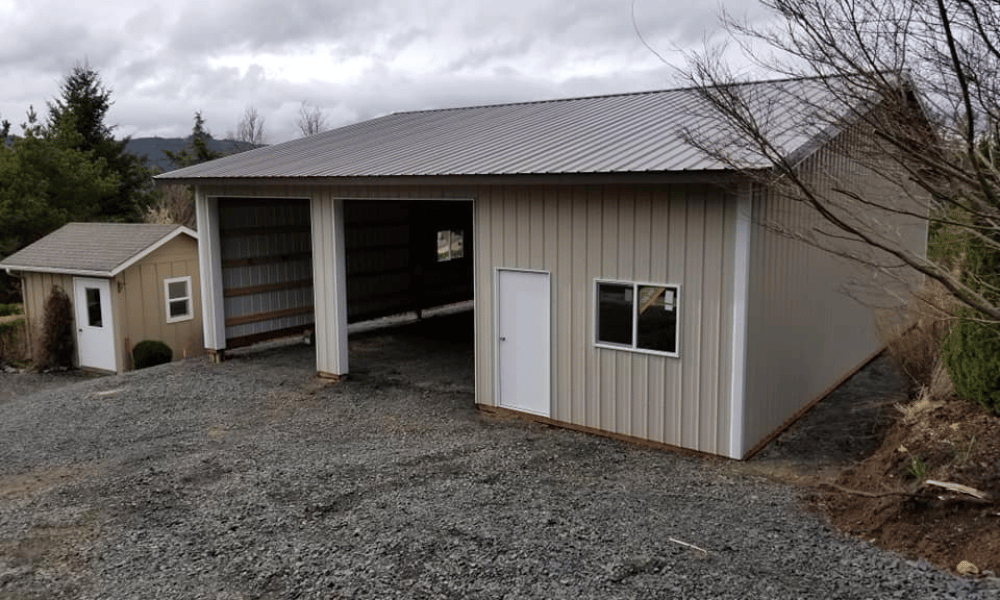Introduction
Building a pole barn can be an exciting venture, whether you're looking to create a workshop, a storage space, or even a cozy retreat. However, one critical aspect that often gets overlooked during the planning stages is accessibility. Ensuring that your new pole buildings pole barn is accessible to everyone can make your space more functional and welcoming. So, how do you go about planning for accessibility in your new pole barn? Let’s dive into the nitty-gritty of creating an accessible pole barn that meets the needs of all users.
Planning for Accessibility in Your New Pole Barn
Accessibility isn't just about wheelchair ramps and wide doorways; it's about creating a space that accommodates everyone's needs, including those with mobility challenges. To get started, it’s essential to understand what accessibility means in the context of a pole barn.
Understanding Accessibility Needs
What Does Accessibility Mean?
Accessibility refers to the design of products, devices, services, or environments for people with disabilities. In the context of building a pole barn, this means considering features that make it easier for individuals with various disabilities to access and use the facility comfortably.
Why Is Accessibility Important?
You might wonder why it’s important to think about accessibility when designing your pole barn. The answer lies in inclusivity. Making your barn accessible ensures that everyone can enjoy and utilize the space without barriers.
Key Features for an Accessible Pole Barn
1. Entrance and Exit Design
- Wide Doorways: Ensure that doorways are at least 36 inches wide. Level Entrances: Avoid steps if possible; consider ramps instead.
2. Interior Layout
- Spacious Design: Ensure there’s enough room for maneuvering wheelchairs or mobility aids. Accessible Work Areas: Consider height-adjustable work surfaces.
3. Flooring Choices
- Non-Slip Surfaces: Use materials like textured concrete or rubber flooring. Smooth Transitions: Avoid thresholds which can be tripping hazards.
Planning and Regulations
Understanding Local Building Codes
Before you start building your pole barn, check local regulations regarding accessibility standards. These codes vary by location but typically align with the Americans with Disabilities Act (ADA) guidelines.
Permits and Approvals
Make sure that you obtain all necessary permits before construction begins. This step will ensure that your project complies with all local laws regarding accessibility.

Incorporating Technology
Smart Solutions for Accessibility
Technology has come a long way in improving accessibility features:
- Smart Door Openers: Automatic doors can ease access significantly. Voice-Controlled Lighting: Make navigation easier at night or low-light conditions.
Landscaping for Access
Grading and Pathways
Creating smooth pathways around your pole barn will help individuals with mobility challenges navigate easily:
- Use compacted gravel or paved paths.
Outdoor Features
Installing benches or shaded areas close to entrances can provide rest spots for those who may need them.
Safety Measures
Emergency Exits
Plan clear, accessible emergency exits:
- Mark exits clearly and keep pathways unobstructed.
Lighting Solutions
Adequate lighting is vital not just for aesthetics but also for safety:
- Install motion-sensor lights along paths leading to entrances.
Affordability vs. Accessibility
Budgeting for Accessibility Features
You might feel worried about costs when planning accessibility features into your pole barn design. While some features can increase initial costs, they often save money down the road by avoiding retrofitting expenses later on.

Accessibility Audits
Conducting an Audit Post-Building
Once your pole barn is complete, consider conducting an accessibility audit:
- Invite feedback from individuals who may require these features most.
Frequently Asked Questions (FAQs)
1. What are some simple ways to make my pole barn accessible?
You can install wide doorways, level entrances, non-slip flooring, and ensure adequate lighting throughout the space.
2. Are there any regulations I need to follow regarding accessibility?
Yes! Local building codes often align with ADA guidelines; always check local laws before construction begins.
3. Can I incorporate technology into my accessible design?
Absolutely! Smart solutions like automatic doors and voice-controlled systems can enhance accessibility significantly.

4. How much more will it cost to make my pole barn accessible?
While some upfront costs may be higher, many features save money long-term by avoiding future modifications.
5. Should I involve anyone else in planning my accessible designs?
Getting feedback from individuals who have experience with mobility challenges can provide valuable insights into effective design strategies.
6. What materials are best suited for an accessible pole barn floor?
Non-slip surfaces like textured concrete or rubber flooring are excellent choices as they ensure safety while navigating through your space.
Conclusion
Planning for accessibility in your new pole barn isn't just a box-checking exercise; it’s about creating an inviting environment where everyone feels welcome and comfortable using the space you've built. With thoughtful planning around entrance design, layout considerations, safety measures, technology integration, and landscaping choices, you’ll craft a versatile structure that stands out not just in functionality but also in inclusivity!
So take these insights into account as you embark on this exciting journey of constructing your new pole barn—after all, making sure everyone can enjoy it makes it all worth it!